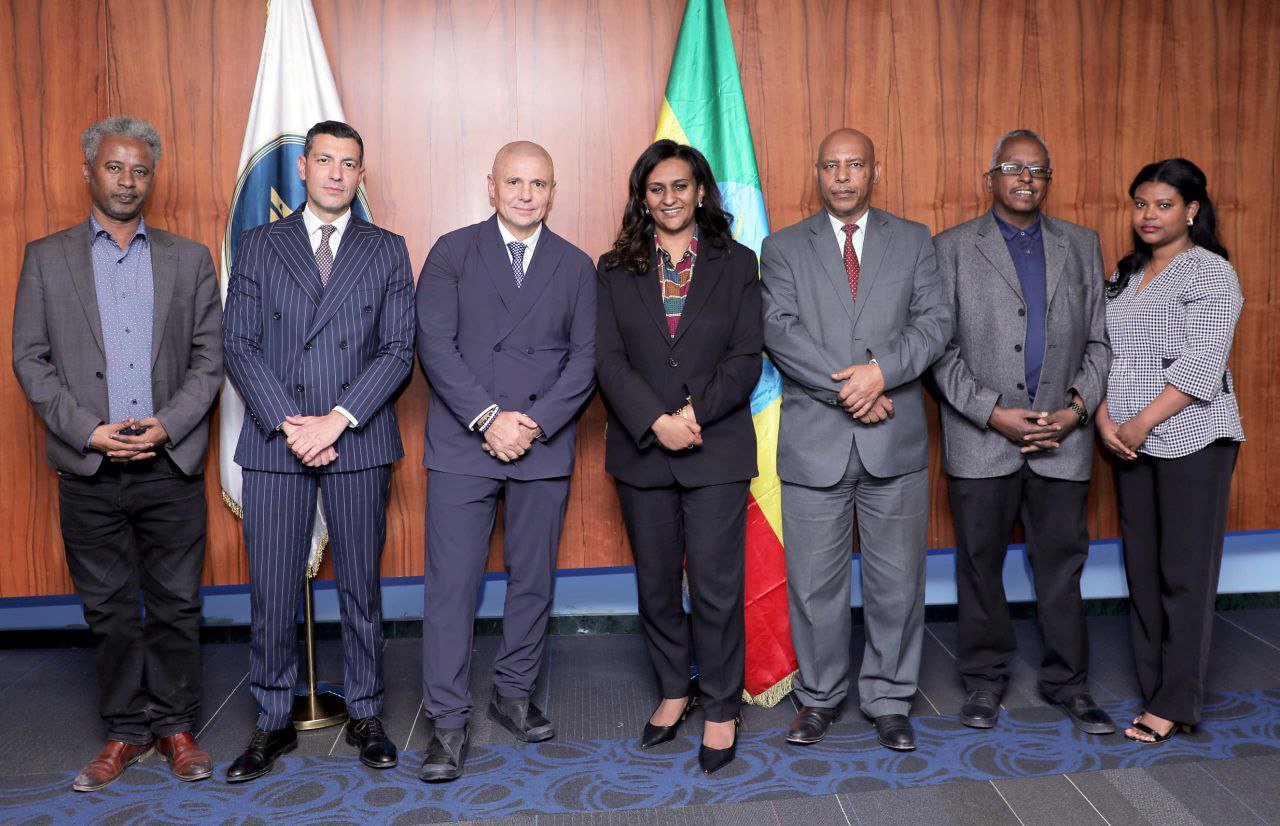Addis Ababa — Ethiopia’s Ministry of Finance and Italy’s development cooperation agency have inaugurated a two-year, €1.7 million project aimed at strengthening community resilience and restoring heritage in the Wukro–Gheralta belt of the Tigray region. The “Supporting Community Resilience through Community-Based Tourism and Heritage Conservation” programme is designed to generate livelihoods, preserve cultural identity and foster post-conflict reconciliation.
Semereta Sewasew, Ethiopia’s State Minister of Finance, signed the agreement alongside Italy’s Ambassador Agostino Palese. Sewasew described the venture as a “symbolic and strategic” step in bilateral cooperation, noting that by investing in heritage and people, the initiative aims to restore hope, generate employment and protect cultural identity in a region emerging from conflict. Palese emphasised that culture and tourism can serve as engines of peace, resilience and prosperity.
The project seeks to align with Ethiopia’s Ten-Year Development Plan and the objectives of the Pretoria peace deal, which anticipates rehabilitation of conflict-affected areas and promotion of inclusive economic recovery.
The Wukro–Gheralta belt includes rock-hewn churches and other heritage landmarks that suffered damage or neglect during the conflict. The programme will support restoration of historical sites, development of community-driven tourism ventures, training in conservation techniques and capacity building at the local level.
However, implementing heritage restoration in post-war Tigray will not be without obstacles. A study of cultural heritage sites in Ethiopia’s North Shoa zone highlighted that conservation efforts are frequently undermined by lack of funds, poor stakeholder coordination, weak professional capacity, vandalism and environmental pressures such as erosion or climate variation. Local surveys within Ethiopia also suggest that limited awareness of heritage value, urban development pressures and inadequate monitoring further complicate conservation efforts.
Tourism, long a potential economic booster for Tigray, has tested the region’s resilience. The Pretoria agreement ended direct hostilities, yet the infrastructure and institutional foundations essential to tourism remain fragile. Before the war, Wukro was known for its rock-hewn churches and as a staging point for travellers exploring the Gheralta escarpment.
Earlier efforts such as the Tigray HeritageScapes Restoration Initiative have worked to catalogue, assess and develop restoration strategies for vulnerable heritage sites. That effort includes 3D documentation, field assessments and community engagement across multiple locations in Tigray.
Integration with existing efforts will be critical. The new funding could complement scholarship programmes under HeritageScapes, as well as align with local community groups, religious institutions, tourism bureaus and regional authorities.
Success will depend on managing multiple risks. Security challenges remain in certain zones, fractures within Tigrayan leadership complicate administration, and the slow implementation of the Pretoria agreement has drawn criticism from analysts.
But if executed effectively, the project could offer a model for how culture-based recovery can support peacebuilding. In Wukro, where water services and infrastructure have struggled in recent years, the project’s emphasis on community empowerment may allow residents to become custodians and beneficiaries of cultural restoration.
Early field visits by the HeritageScapes team have already assessed damage in sites including Cheleqot, Aguale and Khwi’en, identifying priorities for structural stabilisation and community-based conservation.
Parts of the Tigray Interim Council, formed to oversee governance in the region, have flagged cultural renewal as a pillar in their administrative roadmap.

